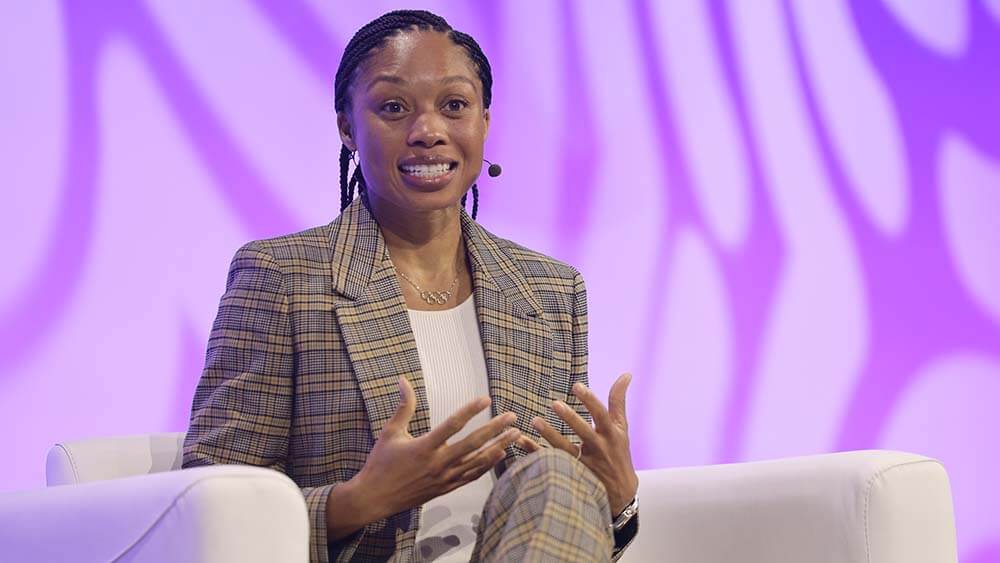
Everyday Awe and Its Effects on Our Brains
Awe is a powerful force for bringing people together — and it’s not just for special occasions.

Awe is a powerful force for bringing people together — and it’s not just for special occasions.
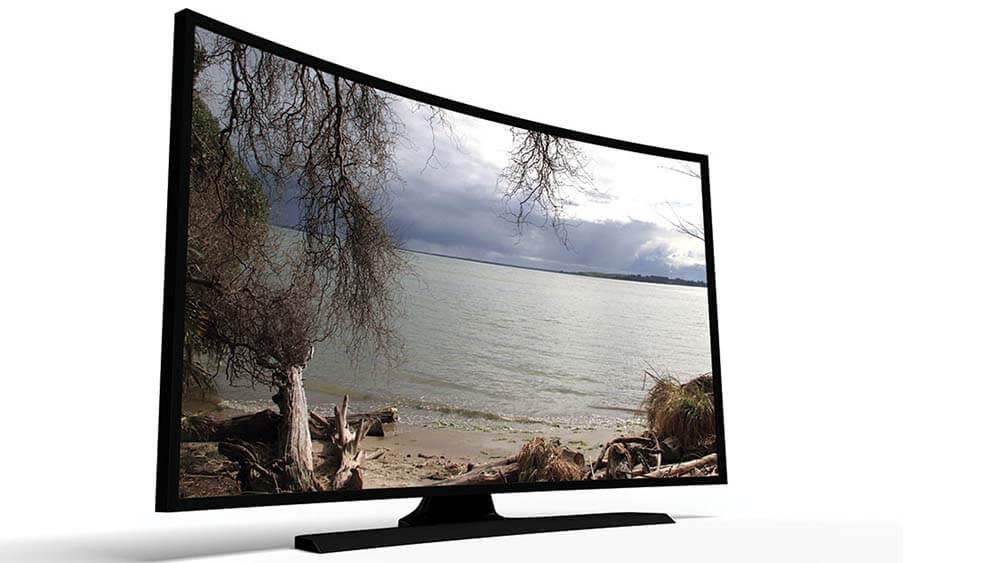
For many tasks, the smaller the screen, the smaller the thoughts. Get the big picture in our latest Meetings and Your Brain column.
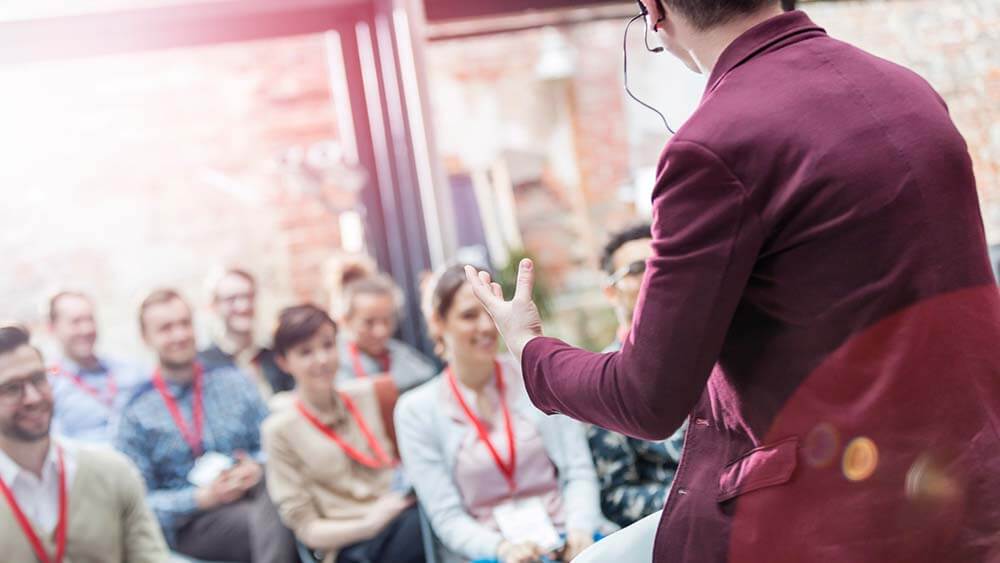
In our latest Meetings and Your Brain column, we look at why the first and last 5 percent of a meeting "really matters," as conflict resolution facilitator Priya Parker says.
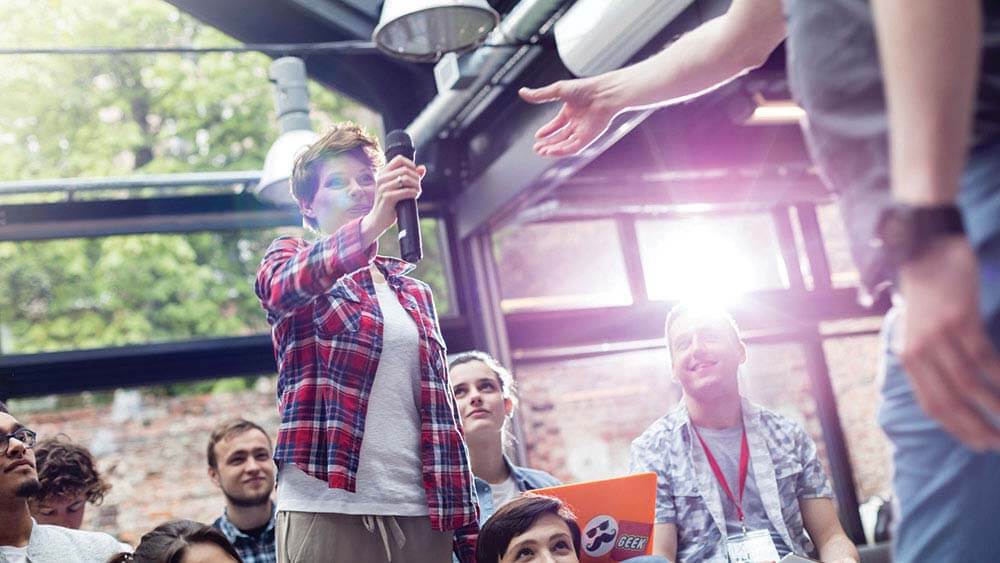
In our latest Meetings and Your Brain column, we look at how findings from research on training programs can help event organizers create more memorable and extraordinary experiences for their audiences.
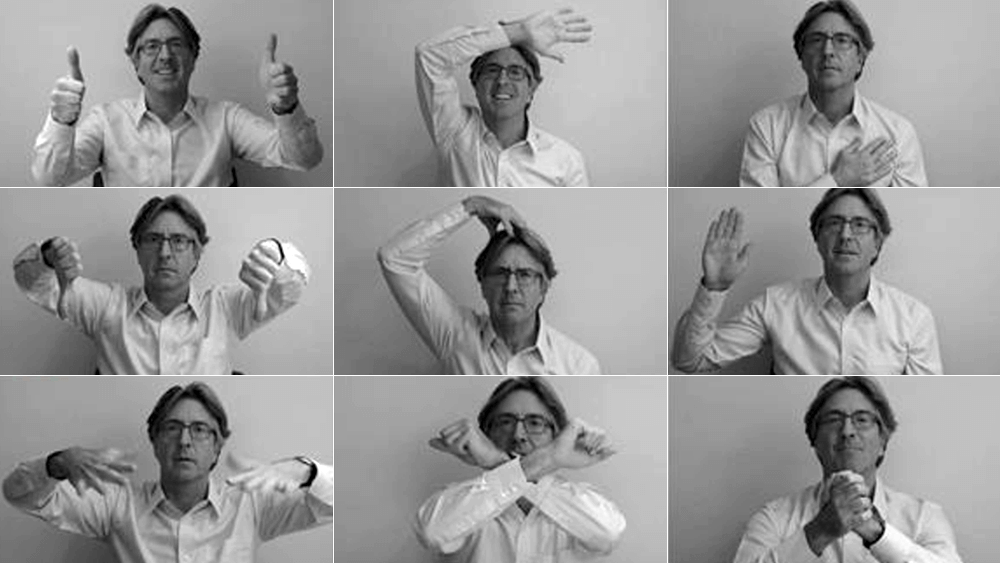
Hand gestures are “the leading edge of our thoughts,” one author says, while participants of a recent study who used hand gestures in video meetings reported that they had a better experience, learned more, and felt closer to others in their groups.

Smile for the camera? Requiring employee cameras to be turned on for video calls isn’t a great idea for everyone, recent research shows.
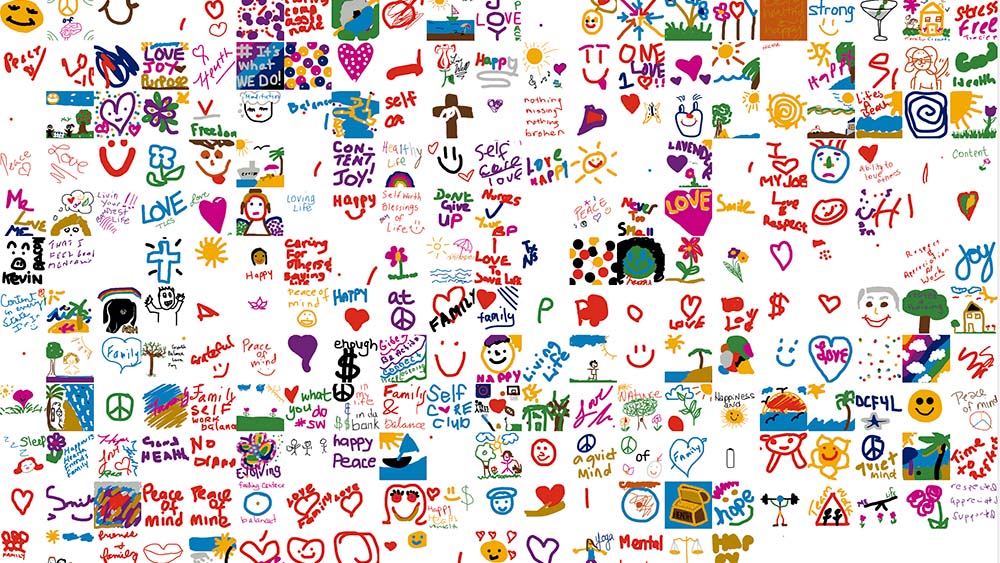
In an experiment, a meeting session using the Piccles online drawing platform generated the greatest amount of happiness, validating research that connects drawing to decreased stress.
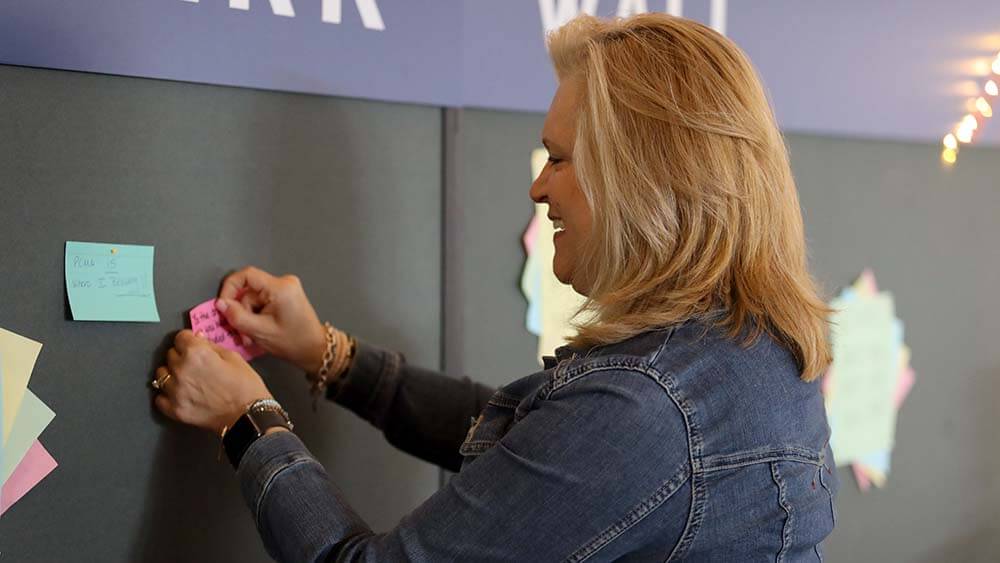
The Spark Wall at EduCon 22 is one example of using sticky notes to share ideas at an event. Here’s the neuroscience behind it.
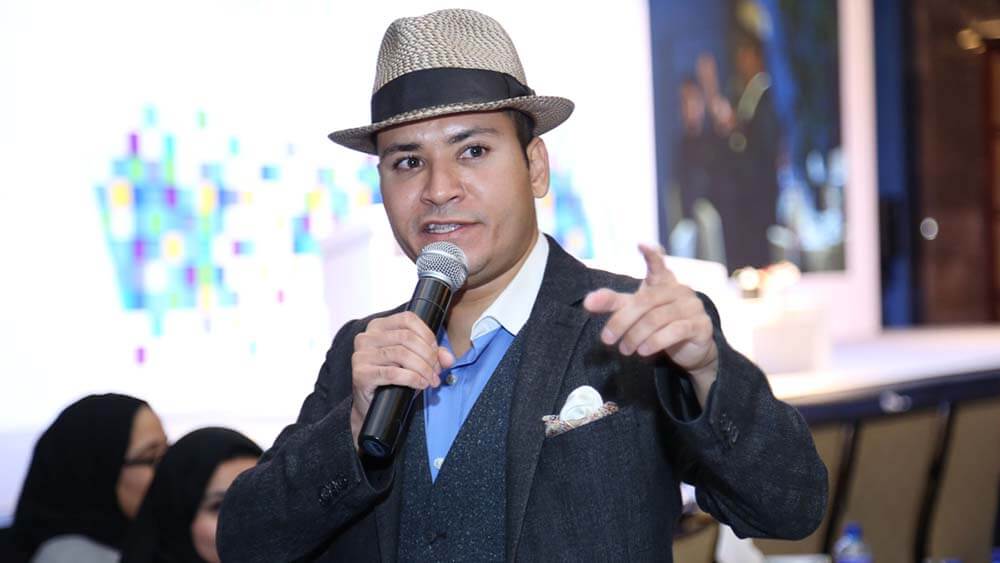
As in-person events return, former U.S. Memory Champ Chester Santos shares science-backed tips for putting names to faces.
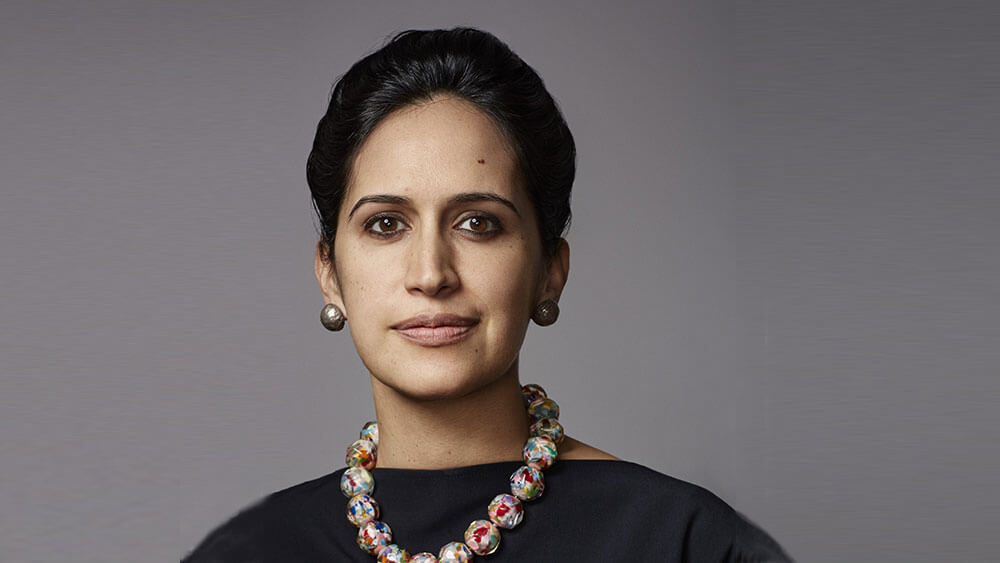
Facilitator Priya Parker explains why establishing a sense of togetherness for participants should be the first step for online and hybrid events.
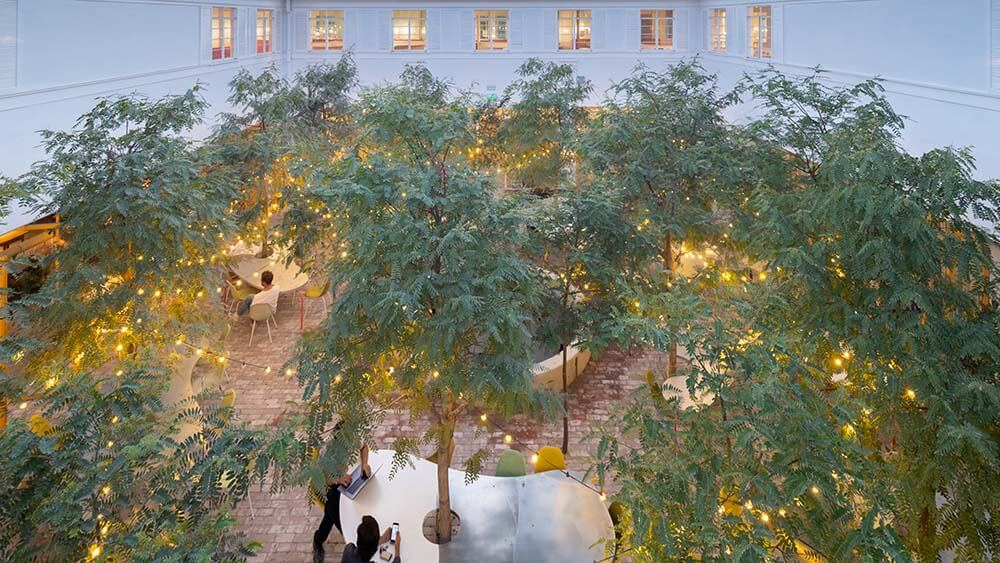
Many newly constructed and renovated convention centers and hotels leverage nature’s benefits, from boosting our mood to helping us think and collaborate better, and improving our focus and creativity.

Jacques W. Martiquet, aka “The Party Scientist,” says he has “hacked the code” of bringing excitement and joy to digital events.